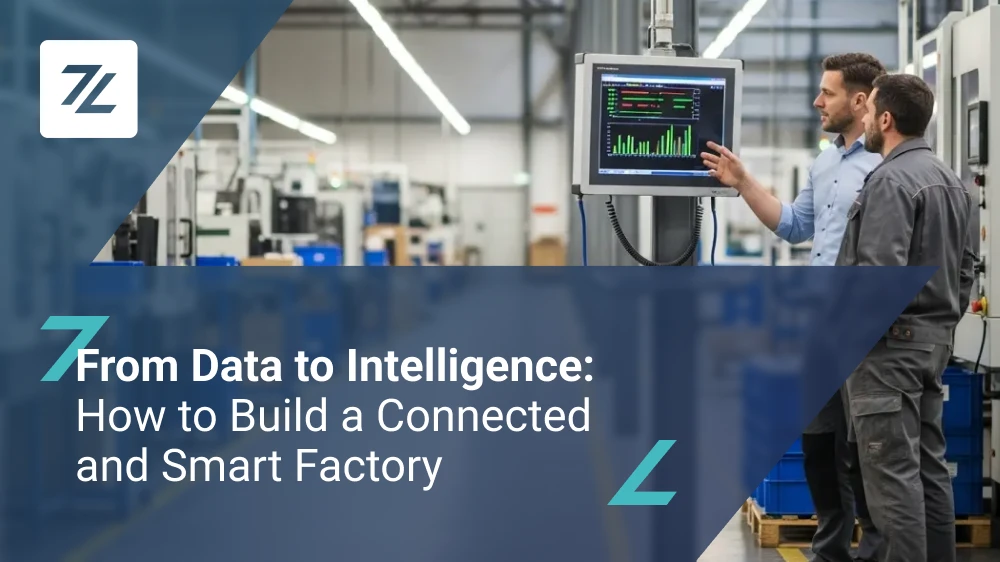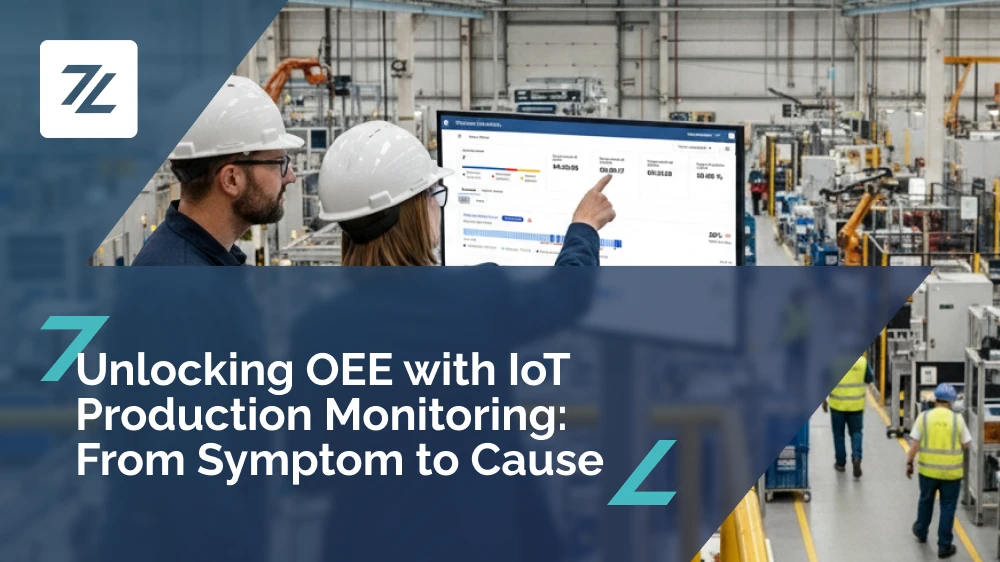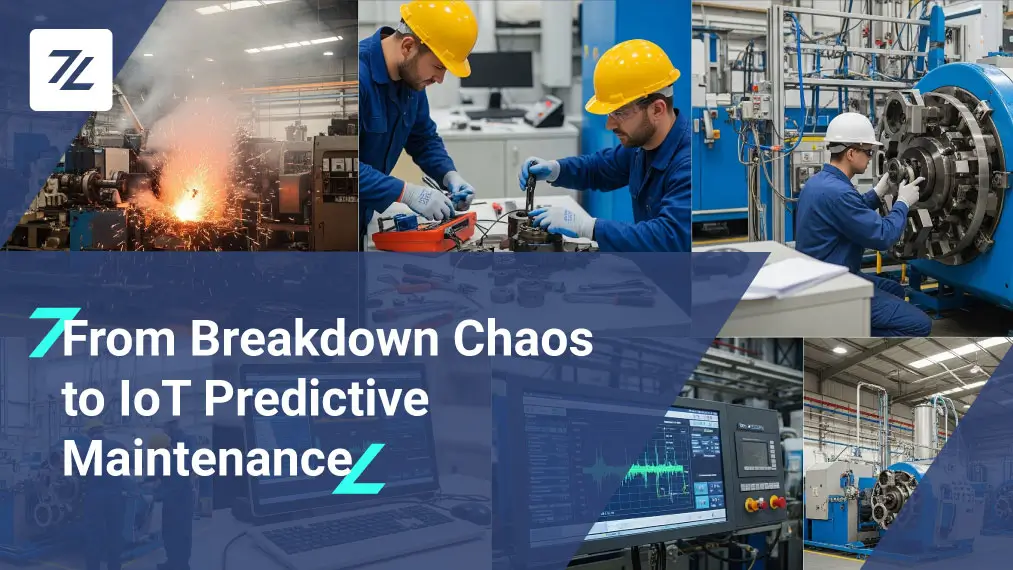IoT production monitoring is essential to understand whether a company is getting the most out of its investments. With the right production monitoring solutions, it’s possible to move from fragmented data to a single, unified view, helping balance workloads, reduce downtime, and plan precisely, ultimately supporting real time production monitoring and production optimization.
How can you tell if machines are being used optimally?
In this case study, a metalworking company had just invested in new machining centers, but managers were asking:
“Are we really making the most of our machines?”
The main issue was fragmented reporting: data was split across Excel sheets per shift, supervisors’ notes, and PLC extractions. There was no single view of machine utilization or downtime, making IoT production monitoring difficult. The result? Challenges in balancing operator and machine workloads and uncertainty about where to invest to improve processes, slowing down production monitoring solutions and overall production optimization.
How to connect and visualize machine data to optimize production?
The solution was the Zerynth Copilot Platform, which transforms fragmented data into actionable information for faster, more targeted decisions, enhancing IoT production monitoring.
Practical 4-step guide to production monitoring:
1️⃣ Connect machines and manage data
Integrate machines quickly and securely, define the data flow for AI, and create basic schemas and KPIs to support real time production monitoring.
2️⃣ Map production processes
Identify bottlenecks in production lines or areas, capture operator know-how, and integrate information with ERP/MES systems for orders and master data, improving job tracking and production monitoring solutions.
3️⃣ Create dashboards and use AI conversational agent
Build customized dashboards showing utilization by shift, machine, and job. Train the Copilot to answer operational questions and leverage the Zero conversational agent for instant insights and proactive alerts, boosting IoT production monitoring.
4️⃣ Define decision-making routines
Organize short 15-minute meetings at the start of each shift, focusing on saturation and short stoppages, and apply real-time policies to reallocate orders and resources for true production optimization and real time production monitoring.
What results can be achieved by monitoring machine utilization?
By adopting the IoT production monitoring system, the company achieved three key goals:
- Real-time aggregated visibility of machine utilization, aiding planning and investment decisions.
- Reduction of unproductive hours through workload balancing, supported by Copilot insights and alerts.
- A solid data foundation for future production optimization projects, such as OEE and energy cost analysis, leveraging production monitoring solutions.
How does the Machine Monitoring module work?
The Machine Monitoring module provides continuous oversight of the actual use of production assets, enabling effective IoT production monitoring.
Key functions:
- Connect machines and collect real-time data on status (operational, standby, stopped), cycle times, alarms, working hours, and actual production.
- Display key indicators like utilization rate and downtime in intuitive dashboards, improving job tracking and real time production monitoring.
- Set alert thresholds for immediate notifications in case of drops or anomalies.
- Store historical data to analyze trends and compare periods, shifts, or production lines, supporting production monitoring solutions.
In short, production managers can make decisions based on objective, up-to-date data, rather than relying on estimates or intuition, maximizing the benefits of IoT production monitoring.
Contact us to find out more.





